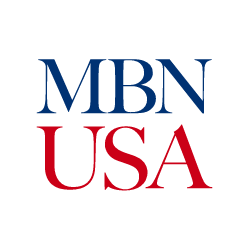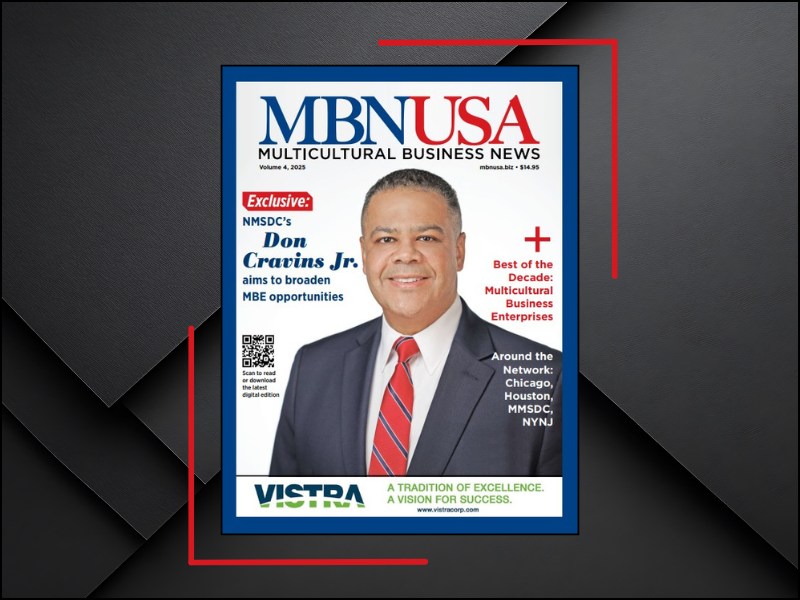During Native American Heritage Month, agency also focuses on increasing opportunities for Indigenous people
As our nation honors Native American Heritage Month,
the U.S. Department of
Commerce remains committed to building back a better, more equitable
economy where no one is left behind. By implementing the Infrastructure Investment and Jobs Act, Commerce’s National Telecommunications and Information
Administration (NTIA) will help ensure every person in this
country, especially those living on Tribal land and other underserved areas,
has access to reliable and affordable high-speed internet.
Indigenous communities are among the most unserved and underserved populations for broadband deployment and adoption in the country, which has been devastatingly evident throughout the disproportionate impact of the COVID-19 pandemic.
Roughly half of the households in tribal lands lack broadband service at home.
Fortunately, more help is on the way. The Bipartisan Infrastructure Investment and Jobs Act includes a $42.45 billion infrastructure program and important measures on affordability and digital inclusion, as well as an additional $2 billion for NTIA’s Tribal Broadband Connectivity Program (TBCP). The TBCP is designed to help tribal communities participate more fully in today’s modern economy. Grants are available to eligible Native American, Alaska Native and Native Hawaiian entities for broadband deployment, digital inclusion, workforce development, telehealth, and distance learning.
This builds on the work the
Department of Commerce and the Biden administration have been doing to better
serve Tribal nations’ broadband needs.
In June, Vice President
Kamala Harris, Secretary
of Commerce Gina Raimondo, and Secretary of the Interior Deb Haaland announced the
availability of nearly $1 billion for
the program, funded by the Consolidated Appropriations Act, 2021.
And, just last week, at
the White House 2021 Tribal Nations Summit, Vice President Kamala Harris
announced that NTIA awarded
the first three grants as part of the TBCP. These initial awards,
totaling nearly $1.4 million, are being made to the Taos Pueblo in New Mexico,
the Upper Mattaponi Tribe in Virginia, and the Sokaogon Chippewa Community in
Wisconsin.
“Tribal nations have been left out of critical
investments in broadband infrastructure for far too long,” said U.S. Secretary
of Commerce Gina M. Raimondo. “These investments will help many Native
American, Alaskan Native and Native Hawaiian communities gain long-overdue
access to life-saving technologies, economic opportunities, remote learning and
countless other benefits.”
When Secretary Raimondo addressed the National Congress
of American Indians’ 78th Annual Convention last month, she committed to working with Tribal governments to
get them the broadband connections needed to participate in the 21st-century
economy. NTIA has an entirely Native American staff working on the TBCP.
Prior to the launch of the TBCP, NTIA facilitated 13 hours of Tribal
consultations and performed extensive outreach, including more than 50
regional Tribal technical assistance workshops, 10 webinars for prospective
applicants, and engagement at the individual Tribal level.
“Not only do Tribal nations
need and deserve to be heard when it comes to equitable access to broadband,
but the Department of Commerce and NTIA recognizes that representation is
equally important when concerning these issues,” Secretary Raimondo
added. “We are proud that the team leading these efforts come from the
Tribes and communities they are working to serve through this program and
understand these issues deeply and personally.”
In September, the NTIA announced it
had received more than 280 applications for TBCP for a total of over $5 billion
in funding requests. The volume of requests demonstrates the significant need
to expand access to and adoption of broadband service on tribal lands.
As increased funding comes in
through the Bipartisan Infrastructure Investment and Jobs Act, the Commerce
Department and NTIA will continue to work with Tribal nations to ensure that we
close the digital divide once and for all.
To learn more about the NTIA’s Tribal Broadband
Connectivity Program, please visit here.





